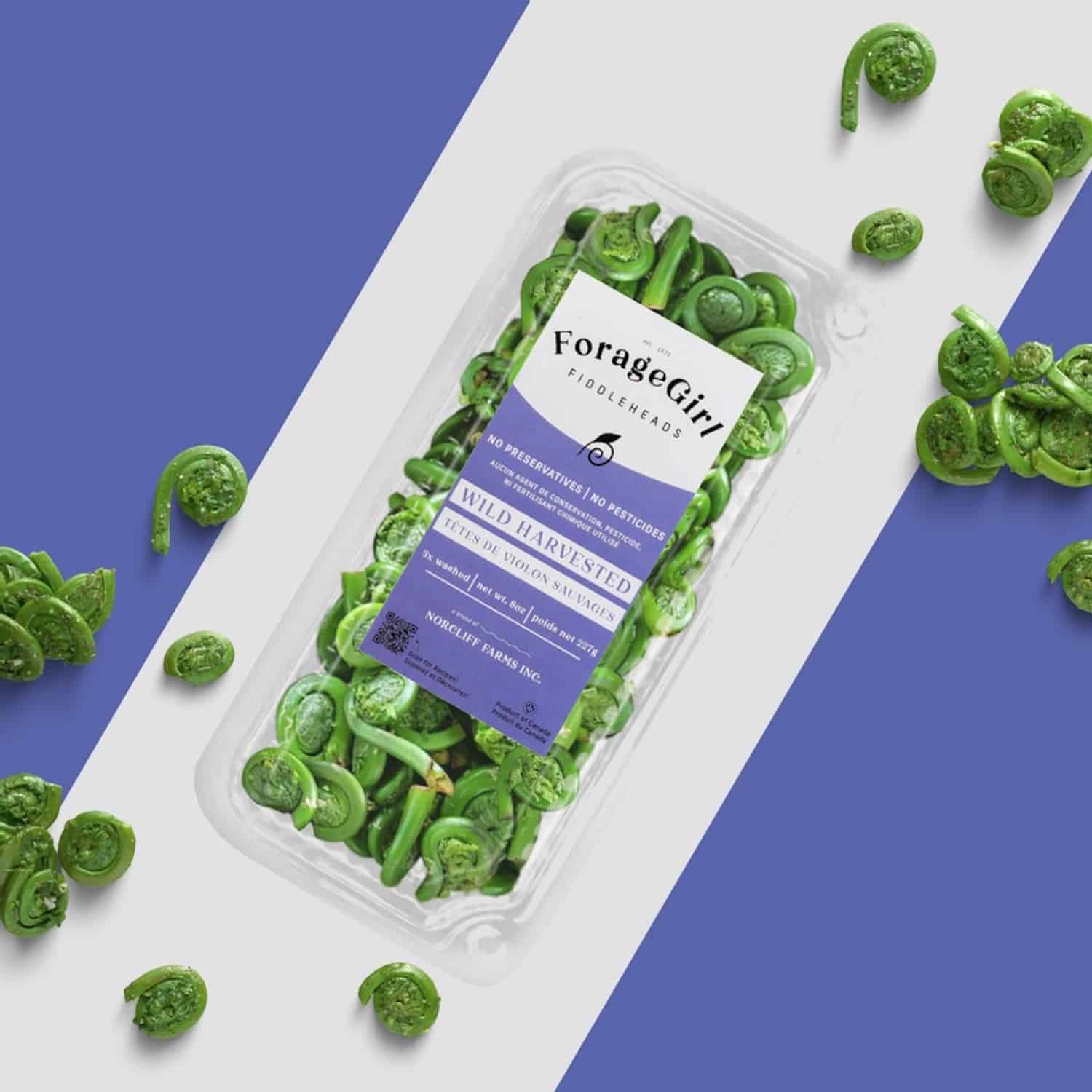Sustainable Practices
At ForageGirl, we are passionate about what we do. We are intentional about every single fiddlehead, each handpicked with care. We feel fortunate to have been your fiddlehead forager for 47 years and counting. In that time, we have learned a lot about the green delicacy. We have become experts on all things fiddleheads – from harvest, to cleaning, and yes, eating!
We forage by hand, not machine. This means our practices steer clear of tractors and other industrial harvesting equipment, reducing our carbon footprint.
Nature is the foundation that supports our lives, and it is our responsibility to take care of it. At ForageGirl we recognize the importance of doing our part. We appreciate the incredibly nourishing food we have right in our backyard.
Our employees practice sustainable foraging. We play a stewardship role when gathering so to not threaten the survival of the fern.
At our facility, we use only natural methods (think temperature control + multiple spring water baths) to have our product cleaned, packaged and ready for shipping.
Our fiddleheads come in two types of packaging, bulk boxes and individual trays. Both packages are either recyclable or biodegradable.
Introducing Our New Compostable, Plant-Based Packaging!
Making fiddlehead greens greener, we will be further reducing our carbon footprint and better contributing to a healthier planet. Currently at about 90%, our goal is to have our packaging 100% plant-based by 2023.

Our new environmentally friendly packaging:
- Contains no BPAs, phthalates or other pollutant chemicals
- Offers multiple end-of-life options: it’s industrially compostable, recyclable and can be incinerated without releasing harmful chemicals
- Breaks down within 180 days in an industrial composting facility
- Is 99% annually renewable plant based material and is petroleum-free
- Reduces CO2 emissions by 60-77% in the manufacturing process compared to petroleum-based materials
- Is made close to home in North America, which helps CO2 emissions too